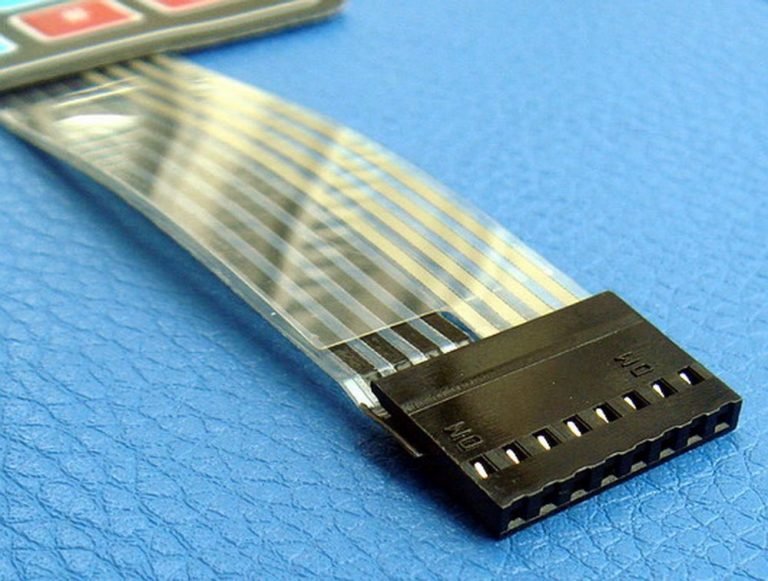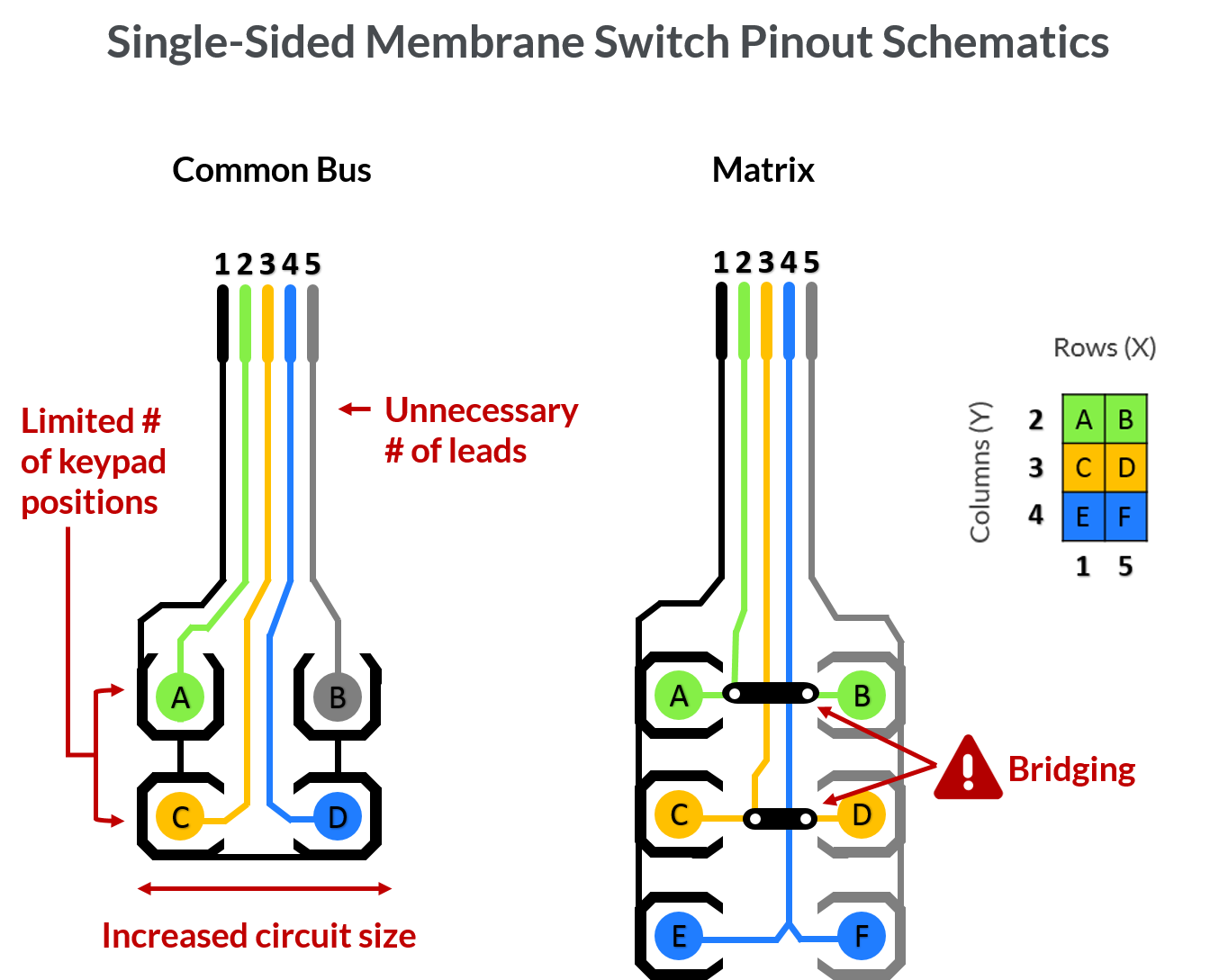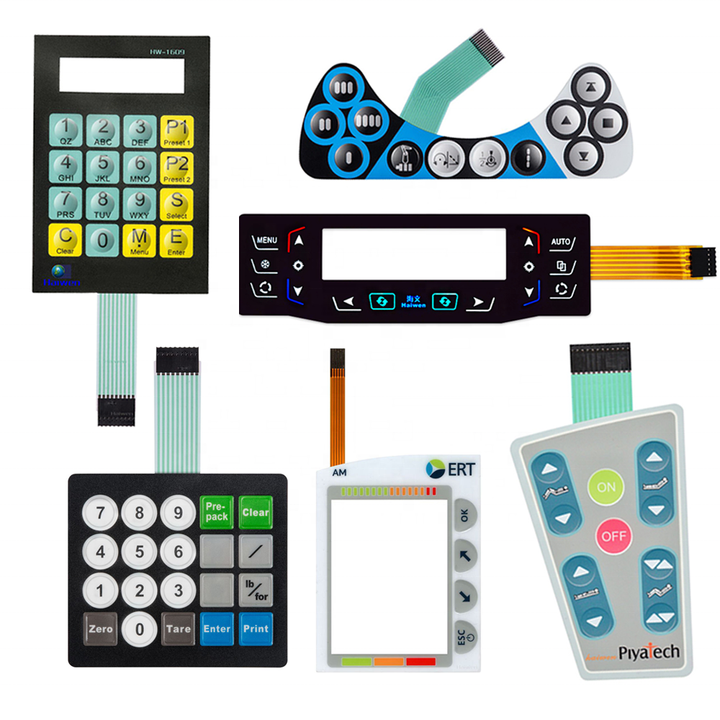Ensuring Quality and Longevity with Membrane Switches in Electronics
Ensuring Quality and Longevity with Membrane Switches in Electronics
Blog Article
Recognizing the Value of Membrane Switches in User Interfaces
Membrane buttons are essential elements in the style of reliable individual interfaces, facilitating not just performance yet additionally enhancing visual allure and customer communication. Their special features, such as resistance to adjustable layouts and ecological factors, make them appropriate for a varied array of applications across several industries. As we discover the future patterns and various advantages related to Membrane technology, it becomes clear that these buttons are greater than simply components; they stand for a convergence of advancement and practicality. The ramifications of this modern technology on user experience are worth analyzing further.
What Are Membrane Switches?

The spacer layer, which consists of sticky buildings, permits for the splitting up of the circuit layer from the overlay, making sure that the switch remains in a non-activated state till pushed. When pressure is related to the overlay, it presses the spacer layer, linking the space and completing the circuit in the underlying layer. This layout not just decreases the physical space needed for standard mechanical switches but additionally improves the sturdiness of the device, as Membrane switches are generally immune to dust, moisture, and various other environmental variables.
Frequently discovered in applications varying from consumer electronics to clinical devices, Membrane switches are indispensable to contemporary technology, supplying a easy to use and efficient user interface that aligns with modern design needs.
Advantages of Membrane Switches
While many switch innovations exist, Membrane Switches deal distinct benefits that make them particularly desirable in numerous applications. One of the key benefits of Membrane buttons is their compact style, which permits space-saving applications in tools where realty is limited. Their slim profile not only boosts aesthetic charm yet also assists in light-weight construction.
One more substantial advantage is their resistance to environmental aspects. Membrane switches are usually secured versus moisture, dust, and pollutants, making them excellent for use popular atmospheres, such as clinical tools and industrial equipment. This toughness prolongs the life expectancy of the button, reducing maintenance costs and improving dependability.
In addition, Membrane buttons can be customized to meet particular style demands, including one-of-a-kind graphics and shades that boost customer interaction. Their responsive feedback options can also be tailored to provide a rewarding individual experience. Furthermore, Membrane switches are cost-effective, particularly in high-volume applications, as they can be produced efficiently.
Applications in Numerous Industries

In the customer electronics sector, Membrane switches are prevalent in tools such as microwaves, washing machines, and remotes. Their responsive feedback and visual choices enhance customer experience while offering a sleek, contemporary look. In addition, automobile manufacturers use Membrane buttons in dashboard controls and infomercial systems, where space is restricted, and user involvement is vital.
Moreover, the commercial sector leverages Membrane buttons in control panels for machinery and tools, allowing for instinctive operation in commonly severe settings. Their resistance to chemicals and moisture makes sure longevity and dependability in these applications. On the whole, the versatility of Membrane Switches contributes substantially to their widespread use, making them crucial in various technical company website domain names.
Design Considerations for Membrane Buttons

When developing Membrane buttons, numerous key considerations should be taken right into account to make certain optimal functionality and individual experience. First of all, the option of products is essential; selecting resilient, premium substratums can improve the button's long life and resistance to ecological variables such as dampness and temperature level variations.
Second of all, the layout of the visuals overlay must focus on clearness and simplicity of use. Symbols and message need to be readable, and the design ought to help with intuitive interaction (membrane switches). In addition, responsive comments is vital; incorporating a tactile dome or various other systems can improve the user experience by giving physical verification of activation
One more essential factor is the button's electrical performance. Designers have to make sure that the conductive traces are appropriately designed to decrease resistance and prevent signal interference. This entails examining the required actuation pressure and making sure compatibility with the electronic parts they will user interface with.

Future Patterns in Membrane Technology
As modern technology continues to breakthrough, Membrane buttons are poised to progress significantly, driven by advancements in materials and producing strategies. One emerging pattern is the incorporation of sophisticated products, this article such as flexible substrates and conductive inks, which boost durability and reduce the general weight of Membrane buttons. These materials not only improve the responsive reaction however likewise permit for the design of buttons that can stand up to harsher ecological problems.
Moreover, the integration of touch-sensitive innovations is transforming conventional Membrane Switches into more interactive user interfaces. Capacitive touch sensors installed within Membrane switch panels can give a more instinctive and responsive individual experience, aligning with the expanding demand for sleek, modern designs in consumer electronics.
In addition, developments in printing methods, such as digital and 3D printing, enable quick prototyping and customization of Membrane buttons. This versatility enables makers to respond more rapidly to market demands and customer choices.
Last but not least, sustainability is ending up being a substantial emphasis, with suppliers discovering environmentally friendly materials and processes. As these trends unfold, the future of Membrane modern technology assures boosted performance, aesthetic charm, and environmental responsibility, strengthening their duty in innovative individual interfaces across various industries.
Verdict
Finally, Membrane Switches represent an essential part in the style of interface, combining capability with visual versatility. Their advantages, consisting of longevity and resistance to ecological elements, make them suitable for varied applications across various sectors. Moreover, thoughtful design factors to consider improve user communication and experience. As improvements in technology proceed, the development of Membrane switches is expected to additional refine interface, driving development and improving functionality in an increasingly intricate technological landscape.
Membrane switches are important parts in the design of efficient customer interfaces, helping with not just capability but likewise boosting visual appeal and individual communication.Membrane Switches serve as an important element in numerous user interfaces, helping with a smooth communication in between users and electronic gadgets.While many button modern technologies exist, Membrane Switches offer unique advantages that make them especially preferable in numerous applications.Moreover, Membrane switches can be customized to meet particular style needs, including one-of-a-kind continue reading this graphics and shades that enhance user interaction.In conclusion, Membrane Switches stand for a vital component in the design of user interfaces, combining functionality with aesthetic flexibility.
Report this page